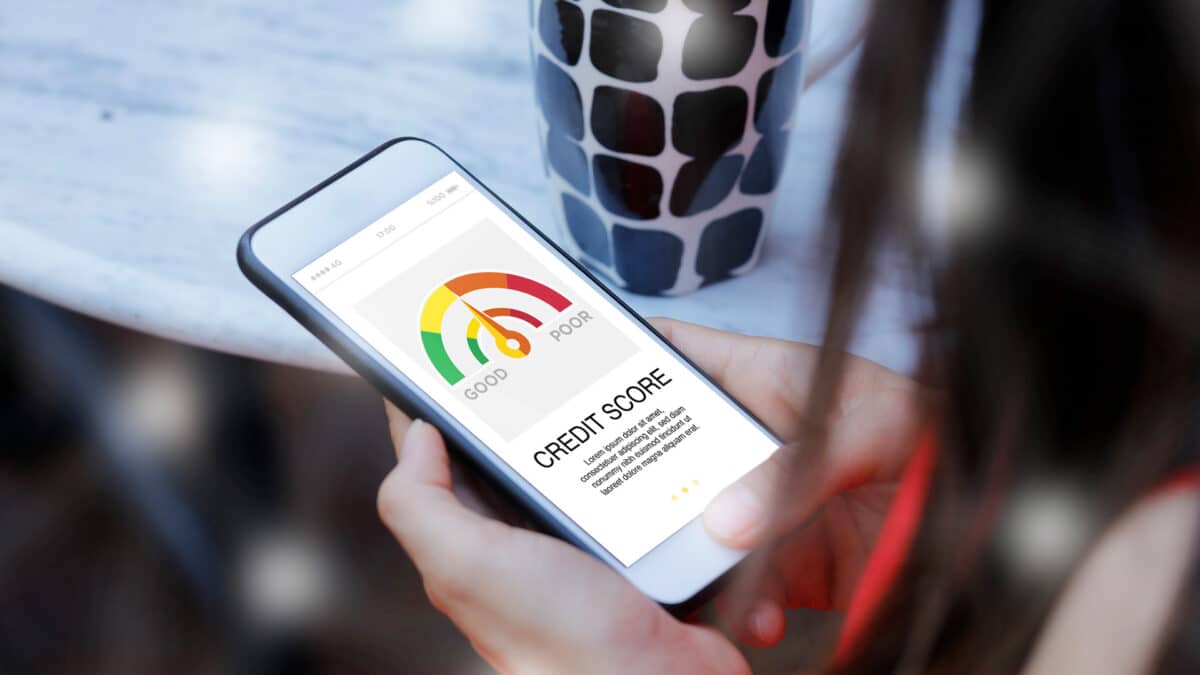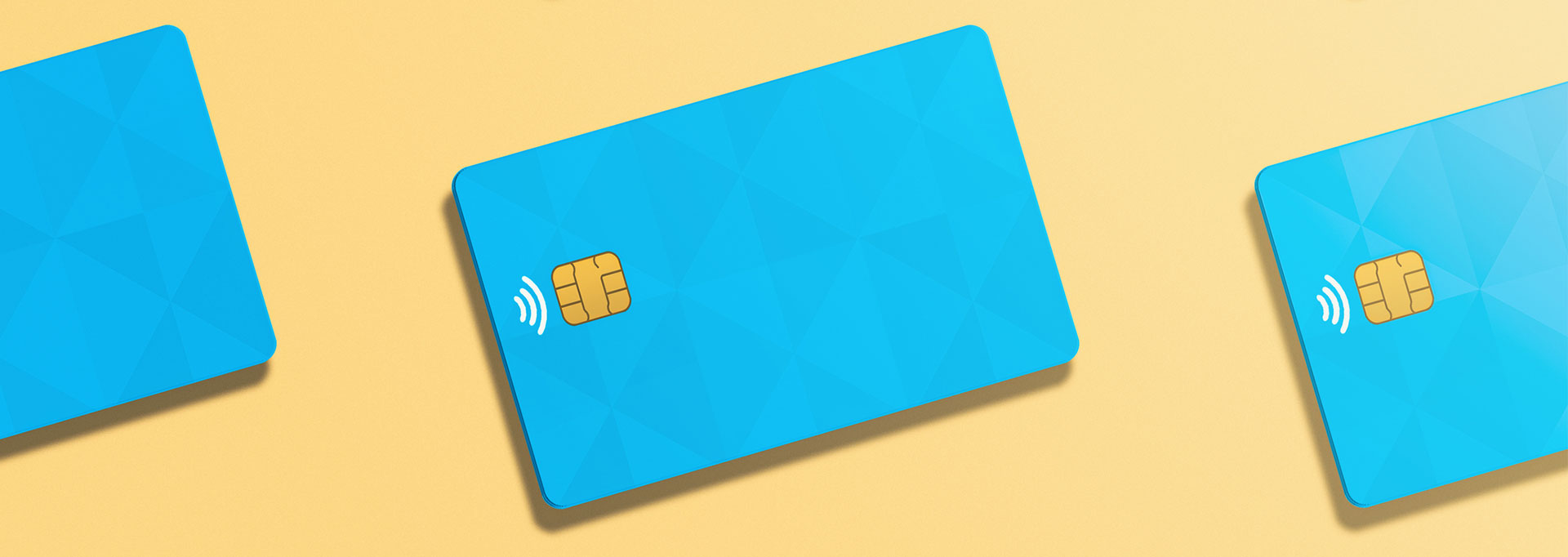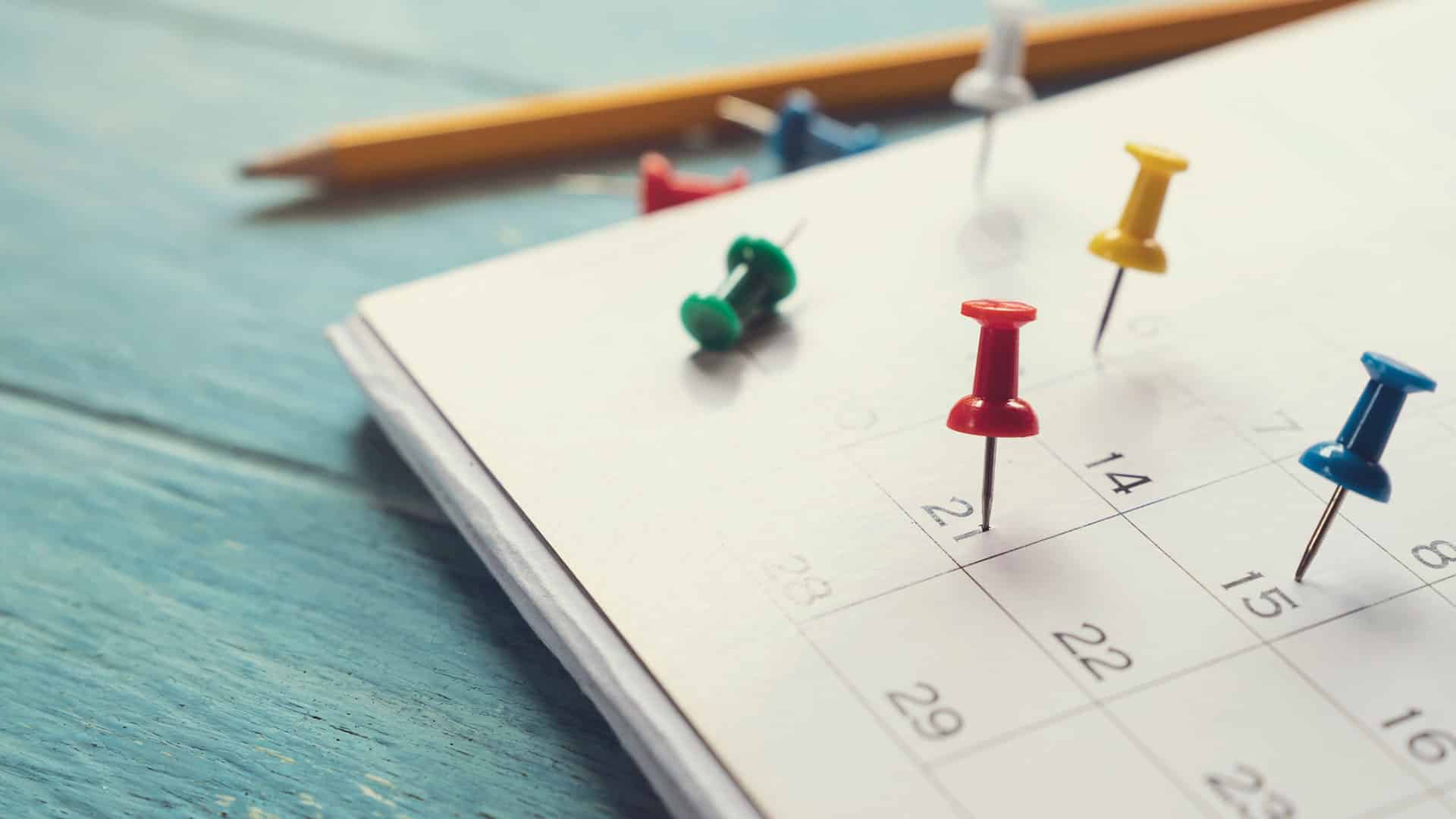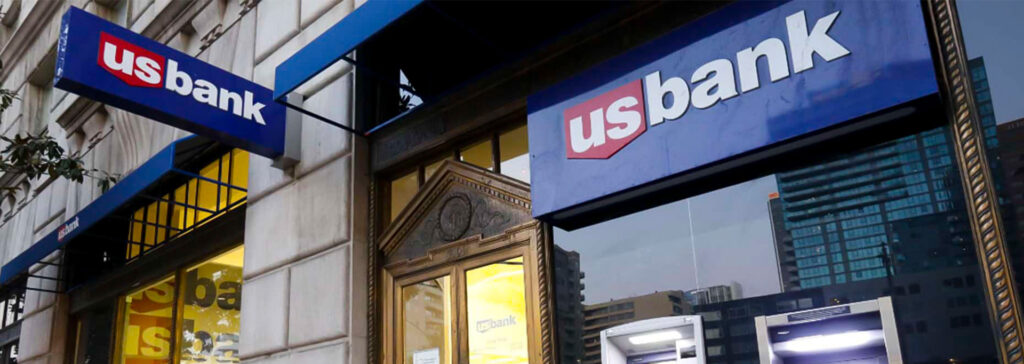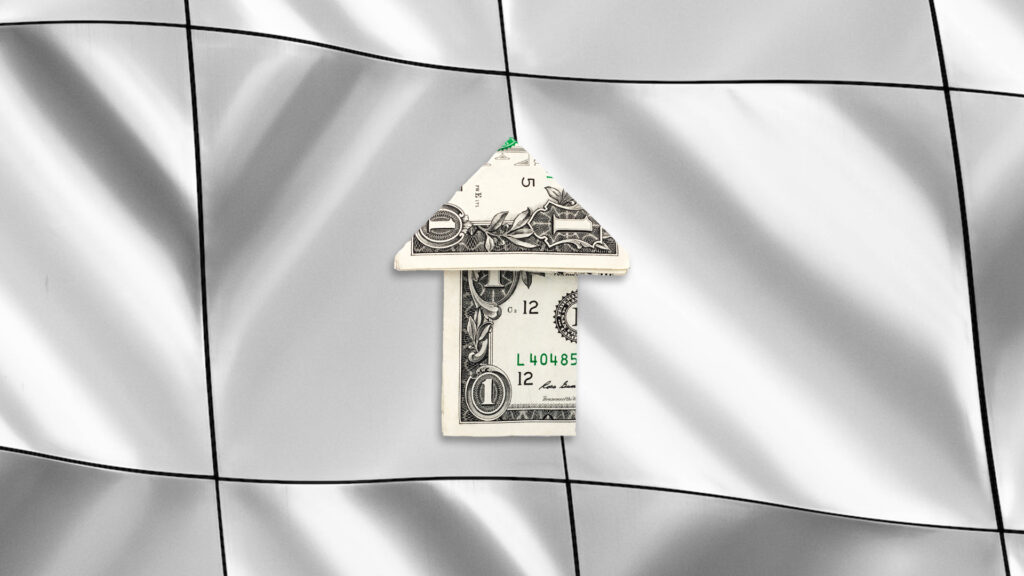Most products on this page are from partners who may compensate us. This may influence which products we write about and where and how they appear on the page. However, opinions expressed here are the author's alone, not those of any bank, credit card issuer, airline or hotel chain. This page may include information about American Express products currently unavailable on Slickdeals. American Express is not a partner of Slickdeals.
There’s a lot to consider when it comes to consolidating your debt. But one of the first decisions you'll need to make is what type of debt consolidation product to use based on your debt situation. We'll go over the different ways you can effectively consolidate credit card debt and how to get started.
Top debt consolidation options we discuss in our article:
- Personal loan
- Balance transfer credit card
- Home equity loan
- Retirement account loan
How to Choose a Debt Consolidation Plan
There are several debt consolidation plans to choose from, but asking these questions can help steer you in the right direction:
- What type of debt are you paying off? If you have credit card debt with one company, that might rule out opening a balance transfer card with that same bank. It’s also common for personal loan lenders to prohibit using loan funds to pay off student loan debt.
- How much debt are you paying off? Some ways to consolidate debt are better suited for smaller or larger amounts. Balance transfer cards are a good option if you’re paying off a smaller balance within a year or two, for example.
- Do you own a home or have certain retirement accounts? If you have equity built up in your home or a 401(k) or similar account, you may be able to borrow against them for lower rates.
4 Options for Debt Consolidation
If you’ve already decided that debt consolidation is a good option for you, here are some of the most common recommendations from financial experts:
1. Personal Loan
When to choose a personal loan: If you have good credit and want to consolidate your debt quickly without risking your home or retirement account, a personal loan can be the best option for debt consolidation.
Personal loans are general-purpose loans that are commonly used for debt consolidation. You take out a single loan to pay off multiple debt accounts so you end up with one single monthly payment, which makes paying off the debt more manageable overall.
Pros
- Quick and easy loan application
- May offer lower interest rates than credit cards
- Some lenders offer direct payment to creditors
- Funds can be used for many purposes
- Collateral not required
Cons
- Requires good credit for low rates
- Can lose your collateral if you default on secured loans
There are two types of personal loans: secured and unsecured. Secured loans, which are loans backed by collateral such as a car, aren’t as common, but they do offer lower rates and better approval odds. Most people rely on unsecured personal loans for debt consolidation.
Personal loans can make sense if you qualify for a lower rate than your existing debts or if you can snag a more affordable lower monthly payment.
How to Use a Debt Consolidation Loan
- Research various lenders.
- Prequalify to compare rates and loan offers.
- Apply for the personal loan.
- Receive funds, which are deposited into your account.
- Use the funds to pay off your old debt.
- Keep up with the payments on your new loan.

Best Loans for Debt Consolidation & Credit Card Debt
2. Balance Transfer Credit Card
When to choose a balance transfer credit card: If you can pay off the debt before the interest-free period is over (typically between one and two years), a balance transfer card is likely your cheapest option.
Pros
- Can pay off debt 100% interest-free if used wisely
- Make quicker progress since all payments go toward principal
Cons
- Must complete transfer within a brief window
- Very high interest rate after the intro period ends
- Can lower your credit score if you move loan debt onto the card
- No grace period for new purchases on card while you’re paying it off
- May not be able to transfer debt from existing cards from the same issuer
- Balance transfer fees apply
A balance transfer card, as the name implies, allows you to transfer your existing debt to the credit card after you open it. You’ll get an introductory period, typically one to two years, where you can pay off your balance with no interest payments. After that, your interest rate will go up to its normal (read: expensive) rate.
How to Use a Balance Transfer Card to Consolidate Debt
- See which balance transfer credit cards you qualify for.
- Apply for the credit card.
- Log into account to set up a transfer from existing debt.
- Pay off card before the intro period is done.
Here Are the Best Balance Transfer Cards
Visit the Marketplace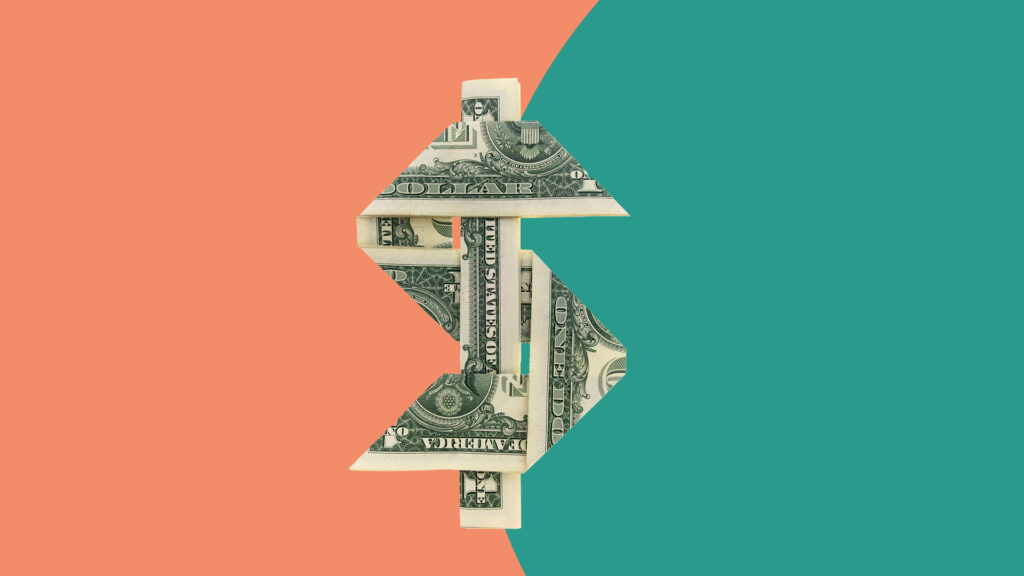
3. Home Equity Loan
When to choose a home equity loan: If you don’t have any plans to move, your income is relatively secure, and you’re more concerned about getting the best rate possible, then a home equity loan might make the most sense for you.
Pros
- Very low interest rates
- Loan interest may be tax-deductible
- Loan terms usually longer than personal loans
Cons
- High closing cost fees
- Can lose your home if you default
- Can make it harder to sell your home before you pay off the loan
- Slow application process because some lenders require a home appraisal
A home equity loan, also known as a second mortgage, is secured by the equity you have in your home — i.e., your home’s current value, minus any amount you owe on a mortgage. Many lenders require that you have at least 80% equity in your home before you’re eligible for a home equity loan. If you've built up considerable equity in your home over the years, you may be able to take out a loan using that equity at a low fixed interest rate.
The downside? You run the risk of losing your home if you default on the home equity loan.
How to Consolidate Debt with a Home Equity Loan
- Determine if you have enough equity in your home to qualify.
- Apply for the home equity loan.
- Complete any lender requirements, such as an appraisal.
- Receive loan funds and pay off old debts.
- Make sure you keep up with your home equity loan payments.
4. Retirement Account Loan
When to choose a retirement account loan: If you have a hefty retirement account through your employer and you’re absolutely certain that you won’t lose or quit your job in the next five years, a 401(k) loan may be a good option if you don’t have any other means available to you.
Pros
- Very low interest rates
- Easy, DIY setup for most people
- Doesn’t rely on credit scores at all
- Can set up payroll deductions to make your payments
- Loan interest is paid back to your savings, not to a lender
Cons
- Lose out on potential investment gains
- May owe taxes and early withdrawal penalties if you miss any payments
- You’ll owe the entire remaining balance immediately if you quit or lose your job — even if you’re laid off
Some employer-sponsored retirement accounts like 401(k)s or 403(b)s allow you to take out a loan against your retirement savings. You can often create a loan request online through your 401(k) plan website to specify the amount you need. You'll then receive the funds either in your next paycheck or deposited into your checking account if you have direct deposit.
But keep in mind that the entire balance becomes due if you lose your job for any reason — an important point to consider in today’s economy.
How to Consolidate Debt with a Retirement Loan
- Log into your retirement plan account.
- Follow the on-screen instructions to set up your own loan.
- Receive your loan funds the next time you’re paid or as a direct deposit.
- Use the loan funds to pay off existing debt.
- Repay the loan via deductions from your paycheck over a five-year period, unless you lose your job and must repay it in full.
Does Debt Consolidation Hurt Your Credit?
When you first consolidate your debt, most lenders will hard-check your credit with the application. So, you’ll likely see a small dip in your credit score — about five points — but this effect will wear off within a year or so.
If you’re consolidating credit card debt, you may also see an immediate rise in your credit score. Your amount of total debt owed accounts for about 30% of your FICO score, so when your balance suddenly drops to zero, you’ll often see a jump in your score — even if you move it to another type of debt, like a personal loan.
Just keep an eye on your payments. If you continue to make all of your payments on time and keep your credit card balance low, you’ll generally come out the other end in far better shape credit-wise than when you started. Learn more about how personal loans can hurt or help your credit.
Which Debt Consolidation Method Is Right for You?
Most people choose a personal loan for debt consolidation. While it is more expensive, it’s the simplest option with the fewest negative consequences. If you can tolerate a bit more risk and meet the criteria, a home equity loan or 401(k) loan can work, especially if you’d be able to weather the potential downsides of these loans.
And finally, if you’re sure you can repay your credit card debt within a year or two, consider a balance transfer card instead as an interest-free way to consolidate debt.
Frequently Asked Questions
-
It depends on your situation. Personal loans are popular options to consolidate debt if it’ll take a while to pay it off or if you don’t have any home equity you can use. A home equity loan can be a low-cost option if you’re a homeowner. Balance transfer credit cards can also be a good choice if you can pay off your debt within one to two years.
-
It can be if you’re not careful. It’s easy to wind up spending more money in the long run if you can’t qualify for a lower rate than you’re paying now or if you stretch out your repayment over a longer period. A big danger for credit card users is running up more credit card debt if they continue to overspend on their cards.
-
The fastest way to consolidate your debt is by taking out an unsecured personal loan. Some lenders even offer same-day funding or can send the funds directly to your old lenders to pay off those debts.
-
There aren’t any set limits to the amount of debt you can consolidate; however, your own qualifications, such as your income and credit score, might impact your borrowing ability.
-
It’s a good idea to consolidate your debt if you’re able to qualify for lower interest rates than you’re paying now and if you’ve solved any underlying issues caused by your debt to begin with.
-
There aren’t any official minimum credit score requirements you’ll need to get a consolidation loan. Each lender is free to choose its credit score requirements, so you’ll have a range of options even if you have bad credit. However, you’ll generally pay higher fees and interest rates if you have bad credit, and you’ll need to consider whether you can still save money with a higher rate.
-
It depends on your new lender’s policies. Some balance transfer card issuers won’t allow you to transfer debts from the same issuer account. And many personal loan lenders don’t allow you to use them for post-secondary education, so you wouldn’t be able to use a personal loan to consolidate any student loan debt.

